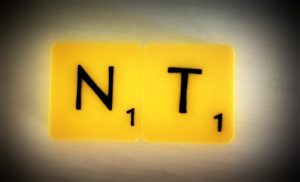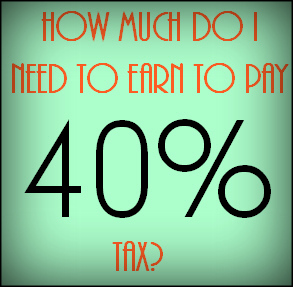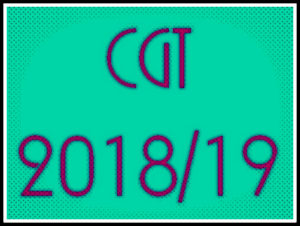
In the 2019 Budget today Philip Hammond announced changes to the personal allowance for 2019/20.
It had previously been announced that the plan was to increase the tax free personal allowance to £12,500 and the higher rate allowance threshold to £50,000 from April 2020.
There had been rumours prior to the budget that the Chancellor would have to delay the increase in the personal allowance in order to fund increases to the NHS.
Mr Hammond commented on this himself and said that he had been advised that the least painful way to add some funding to the NHS promises was to do exactly that.
However, he also said that this was not his idea of ending austerity (which was part of the budget headlines) and so he would not be doing that. In fact, he said, he would actually bring forward the increases in the personal allowance levels by a year and implement those increases from April 2019 instead of April 2020.
So the personal allowance from April 2019 will be £12,500 which is increased from £11,850 for 2018/19, an increase of £650 and a saving of £130 a year for basic rate taxpayers.

 Each person in in the UK is assigned a tax code for each tax year, whether that be at the beginning of the tax year or further into it, when a tax code may be changed.
Each person in in the UK is assigned a tax code for each tax year, whether that be at the beginning of the tax year or further into it, when a tax code may be changed. Currently the higher rate of tax for those who earn a certain amount stands at 40%. So you may wonder how much do I need to earn to pay 40% tax?
Currently the higher rate of tax for those who earn a certain amount stands at 40%. So you may wonder how much do I need to earn to pay 40% tax? If you have been given a tax code notice and you are wondering ‘what does tax code BR mean?’ then here is an explanation.
If you have been given a tax code notice and you are wondering ‘what does tax code BR mean?’ then here is an explanation.
 This is a summary of the Capital Gains Tax Allowance for 2018/19.
This is a summary of the Capital Gains Tax Allowance for 2018/19.
 Transfer of the personal Allowance for Married Couples and Civil Partnerships
Transfer of the personal Allowance for Married Couples and Civil Partnerships